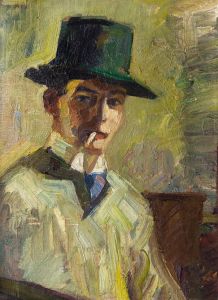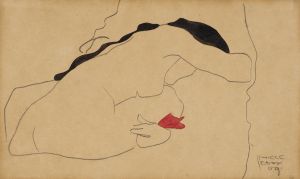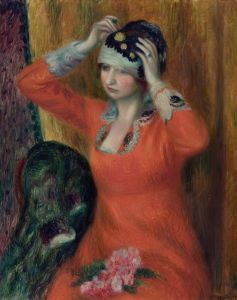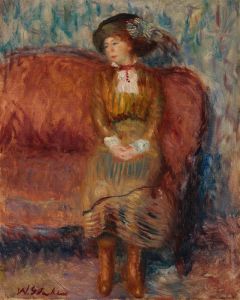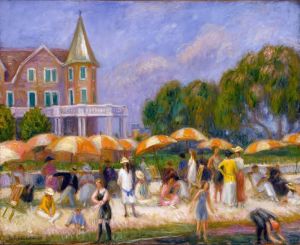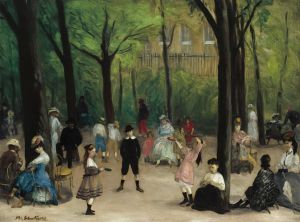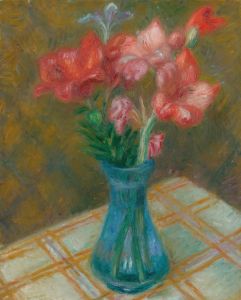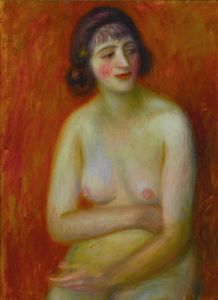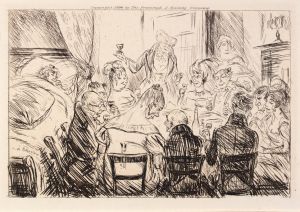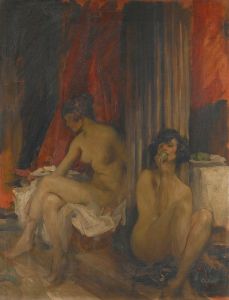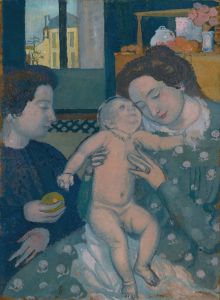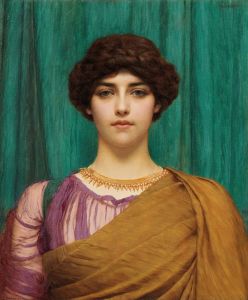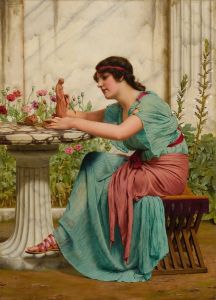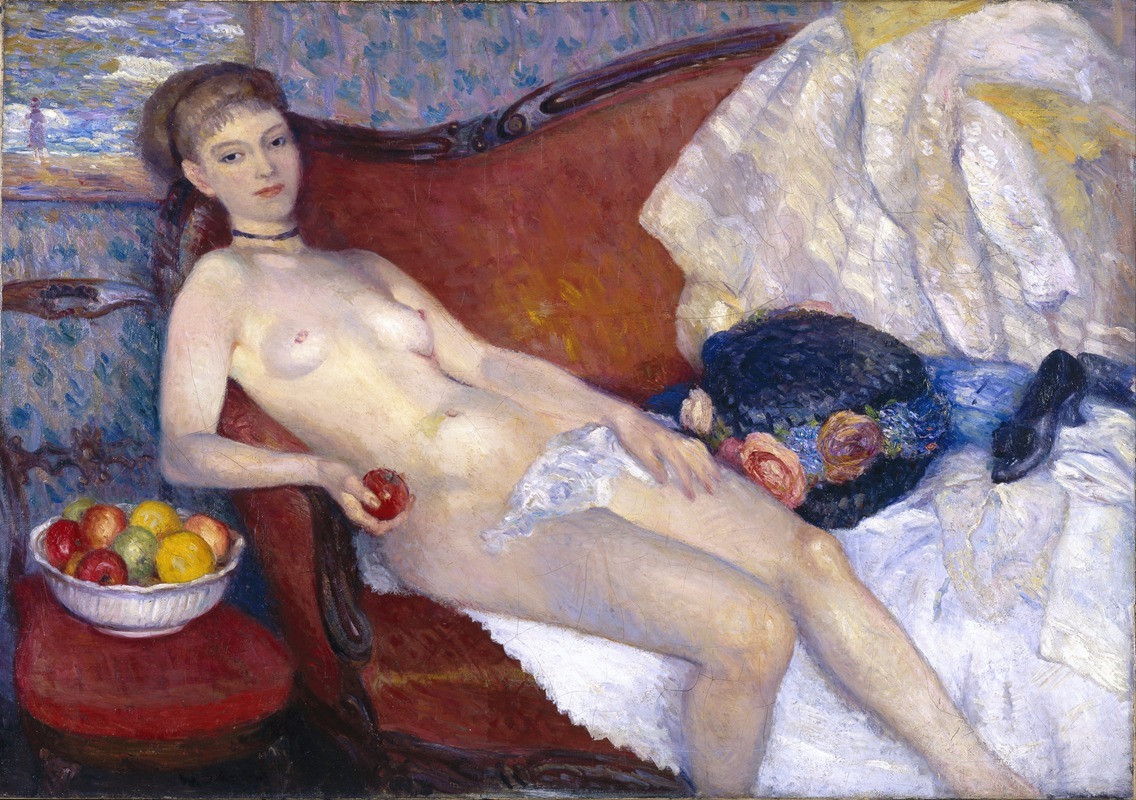
Nude with Apple
A hand-painted replica of William James Glackens’s masterpiece Nude with Apple, meticulously crafted by professional artists to capture the true essence of the original. Each piece is created with museum-quality canvas and rare mineral pigments, carefully painted by experienced artists with delicate brushstrokes and rich, layered colors to perfectly recreate the texture of the original artwork. Unlike machine-printed reproductions, this hand-painted version brings the painting to life, infused with the artist’s emotions and skill in every stroke. Whether for personal collection or home decoration, it instantly elevates the artistic atmosphere of any space.
William James Glackens was an American painter and a prominent figure in the Ashcan School, a movement known for its focus on depicting scenes of everyday life in New York City during the early 20th century. Glackens, born in 1870 in Philadelphia, Pennsylvania, was a contemporary of artists such as John Sloan, George Luks, and Robert Henri. He is often celebrated for his vibrant use of color and his ability to capture the essence of modern urban life.
"Nude with Apple" is one of Glackens' works that showcases his interest in the human form and his skill in portraiture. While specific details about the painting "Nude with Apple" are limited, it is consistent with Glackens' broader body of work, which often included nudes, still lifes, and portraits. His style was heavily influenced by the Impressionists, particularly Pierre-Auguste Renoir, whom he admired greatly. This influence is evident in his use of color and light, as well as in his loose, fluid brushwork.
Glackens' nudes are noted for their warmth and vitality, often depicting the human body in a natural and unidealized manner. This approach was somewhat unconventional at the time, as many artists preferred more classical representations of the nude. In "Nude with Apple," Glackens likely employed his characteristic palette of rich, vibrant colors to bring the subject to life, emphasizing the natural beauty and form of the human body.
The inclusion of an apple in the painting may suggest a nod to traditional themes in art history, such as the biblical story of Adam and Eve or the classical motif of the Three Graces, where apples often symbolize temptation, beauty, or knowledge. However, without specific commentary from Glackens himself, the exact significance of the apple in this painting remains open to interpretation.
Glackens' work, including pieces like "Nude with Apple," played a significant role in the development of American art in the early 20th century. His ability to blend elements of European Impressionism with distinctly American themes helped pave the way for future generations of artists. Today, Glackens is remembered as a key figure in the Ashcan School and as an artist who brought a fresh perspective to the depiction of modern life and the human form.
While "Nude with Apple" may not be as widely recognized as some of Glackens' other works, it remains an important example of his artistic style and interests. His contributions to American art continue to be celebrated in museums and collections across the country, where his paintings are appreciated for their lively color, dynamic compositions, and insightful portrayal of early 20th-century life.






